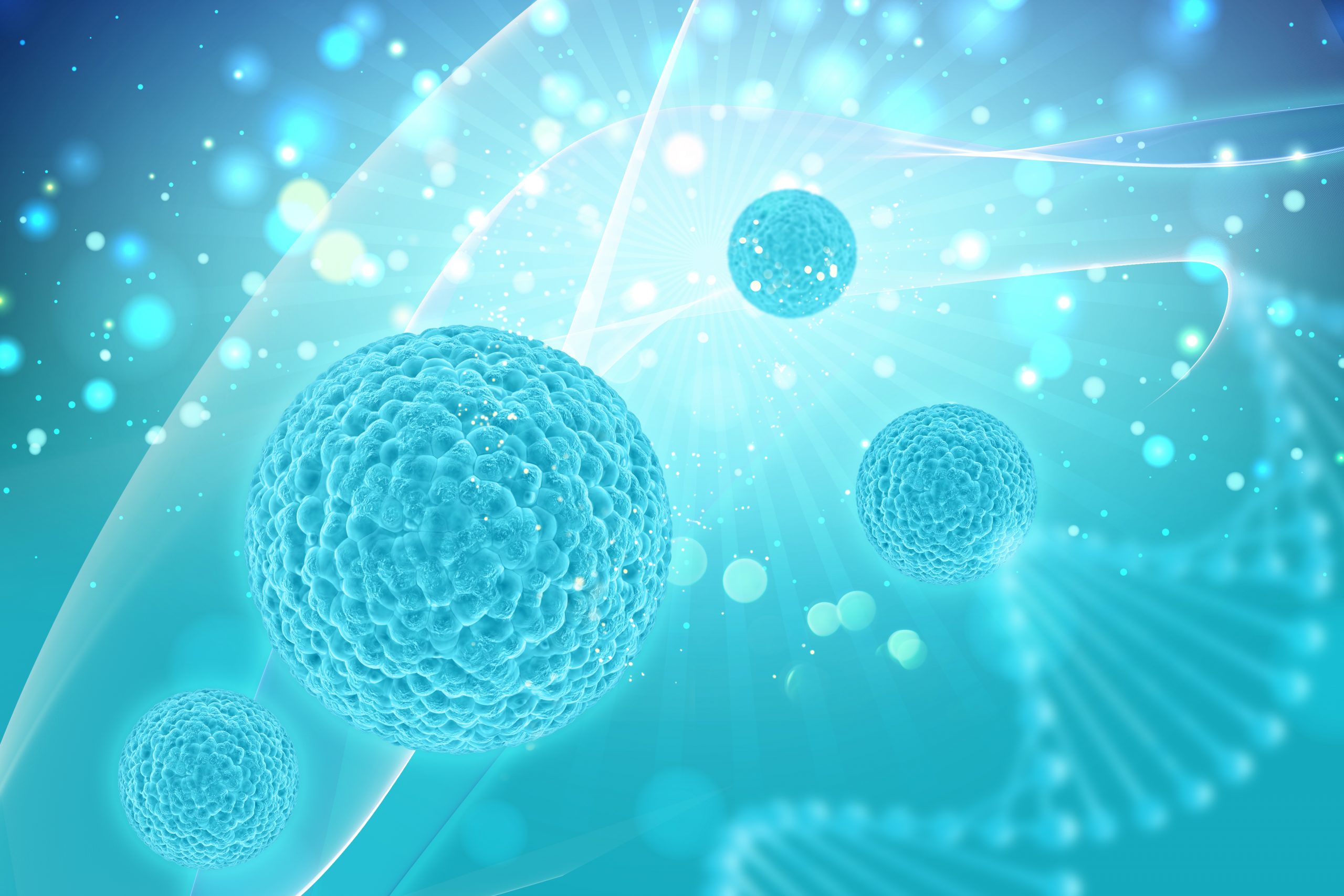 The outcome was that it increased the survival span by 160 to 220%, depending on the type of tumor (1, 2). Now it is established that the same technique works when human cells are used and the pace is faster so the patients whose median survival is less than 18 months and chance of surviving beyond 2 years is 30% can be prolonged (2).
Speed is a key factor as patients suffering from brain cancer do not have a long time to go through recovery. Previously, it used to take weeks to convert human skin cells to stem cells, but with the help of this new technique, the stem cell creation has become faster and simpler (2). Hence, the patients can receive treatment as early as possible.
Till date the standard protocol for treating glioblastoma is surgery, radiation, and chemotherapy, nothing has changed since the last 30 years. Even after all these therapies, the tumor not only returns in most patients but also sends out minute tendrils into the surrounding brain tissue. The drugs cannot reach these tendrils. The tendrils are not visible to the surgeon’s eyes, thus making it impossible to completely remove the cancer tissue (2). Therefore, there was always a need of some new research that could help these patients.
The skin flipping technology that creates neural stem cells from skin cells is the key factor of treatment developed by Shawn Hingtgen. This technology was even accredited a Nobel Prize in 2012 (2). The treatment begins by harvesting fibroblasts, i.e., the skin cells that produce collagen and connective tissue from the patient. These cells are then reprogrammed to form induced neural stem cells. These neural stem cells have a natural ability to spot cancer cells in the brain but cannot kill them, hence new type of stem cells were engineered that could carry therapeutic agents. These medicated stem cells would then spot and kill the tumor cells (2).
Stem cells engineered by Hingtgen’s team are developed in such a way that they can transport a protein, which in turn will activate an inert substance called a prodrug that is administered to the patient (2). These cells will then form a small halo of drug just surrounding the stem cell. This will reduce the unwanted side effects caused due to the drug circulating throughout the patient’s body.
According to Hingtgen, it would be just another year or two for clinical trials to begin. As for the first time, it is seen that this strategy for treating glioblastoma works with human stem cells and human cancers. This itself is a great step toward making a real difference in the field of treating glioblastomas.
The outcome was that it increased the survival span by 160 to 220%, depending on the type of tumor (1, 2). Now it is established that the same technique works when human cells are used and the pace is faster so the patients whose median survival is less than 18 months and chance of surviving beyond 2 years is 30% can be prolonged (2).
Speed is a key factor as patients suffering from brain cancer do not have a long time to go through recovery. Previously, it used to take weeks to convert human skin cells to stem cells, but with the help of this new technique, the stem cell creation has become faster and simpler (2). Hence, the patients can receive treatment as early as possible.
Till date the standard protocol for treating glioblastoma is surgery, radiation, and chemotherapy, nothing has changed since the last 30 years. Even after all these therapies, the tumor not only returns in most patients but also sends out minute tendrils into the surrounding brain tissue. The drugs cannot reach these tendrils. The tendrils are not visible to the surgeon’s eyes, thus making it impossible to completely remove the cancer tissue (2). Therefore, there was always a need of some new research that could help these patients.
The skin flipping technology that creates neural stem cells from skin cells is the key factor of treatment developed by Shawn Hingtgen. This technology was even accredited a Nobel Prize in 2012 (2). The treatment begins by harvesting fibroblasts, i.e., the skin cells that produce collagen and connective tissue from the patient. These cells are then reprogrammed to form induced neural stem cells. These neural stem cells have a natural ability to spot cancer cells in the brain but cannot kill them, hence new type of stem cells were engineered that could carry therapeutic agents. These medicated stem cells would then spot and kill the tumor cells (2).
Stem cells engineered by Hingtgen’s team are developed in such a way that they can transport a protein, which in turn will activate an inert substance called a prodrug that is administered to the patient (2). These cells will then form a small halo of drug just surrounding the stem cell. This will reduce the unwanted side effects caused due to the drug circulating throughout the patient’s body.
According to Hingtgen, it would be just another year or two for clinical trials to begin. As for the first time, it is seen that this strategy for treating glioblastoma works with human stem cells and human cancers. This itself is a great step toward making a real difference in the field of treating glioblastomas.
Credit: Dr. Rachita on behalf of Borderless Access






2 Comments
Potential Assets in the Battle Against Multi-Drug-Resistant Bacteria: Darobactin, Nusbiarylins, Peptidomimetics, and Bacteriohages - MDforLives
5 years ago[…] While this report presented data of potentially high scientific value, this evidence came from an experimental model on mice and is still a long way before it is of any importance to clinical practice. In recent years there has been a rather large body of similar evidence identifying new potential targets for antibacterial activity. One such example would be a class of small molecules, termed nusbiarylins, which disrupt the interaction between proteins involved in ribosomal RNA synthesis. These compounds were active against strains of MRSA, with significantly lower MICs than standard agents, such as oxacillin, gentamycin and vancomycin4. Interestingly enough, nusbiarylins did not seem to cause toxicity to cultured human lung and skin cells. […]
Potential Assets in the Battle Against Multi-Drug-Resistant Bacteria: Darobactin, Nusbiarylins, Peptidomimetics, and Bacteriohages - MDForLives
4 years ago[…] While this report presented data of potentially high scientific value, this evidence came from an experimental model on mice and is still a long way before it is of any importance to clinical practice. In recent years there has been a rather large body of similar evidence identifying new potential targets for antibacterial activity. One such example would be a class of small molecules, termed nusbiarylins, which disrupt the interaction between proteins involved in ribosomal RNA synthesis. These compounds were active against strains of MRSA, with significantly lower MICs than standard agents, such as oxacillin, gentamycin and vancomycin4. Interestingly enough, nusbiarylins did not seem to cause toxicity to cultured human lung and skin cells. […]